The P-Shot entails drawing platelet-rich plasma (PRP) from your bloodstream and injecting it into the penis. In practice, a clinician harvests your own cells and tissues and places them into penile tissues with the aim of encouraging tissue repair and—according to proponents—improving erections.
The best-known version is the Priapus Shot. The name, borrowed from the Greek god associated with sexual potency, was popularized by Dr. Charles Runels (also known for the so-called vampire facial) and has since become the common label.
There is limited scientific research backing the specific claims often made about the P-Shot. So before you consider getting a P-Shot for your penis (or vaginal tissue), here’s a summary of what’s currently known.

What is the P-Shot used for?
The P-Shot is an offshoot of PRP therapy, which is used in recovery from musculoskeletal injuries and has been investigated for various chronic conditions.
In all applications, it remains an experimental approach.
People have pursued the P-Shot for a range of concerns, including:
- erectile dysfunction (ED)
- lichen sclerosus
- Peyronie’s disease, where scar tissue causes the penis to curve during erection
- penile enlargement
- general sexual function, performance, and orgasm enhancement
Does it work?
Evidence is largely anecdotal. If the P-Shot improves sexual function, the mechanisms, reproducibility, and safety profile remain unclear.
Orgasms and erectile responses depend on many physical, psychological, and emotional factors. A single injection may not address the underlying reasons for difficulties with orgasm or erections.
Dr. Richard Gaines, who offers the P-Shot alongside other treatments at his LifeGaines clinic in Florida, suggests the procedure’s potential benefits could stem from:
- improved blood circulation
- triggering reparative responses in tissues or cells
- forming new neural pathways from fresh experiences and positive reinforcement
What we know about PRP for sexual function
- A 2019 review examining PRP for male sexual dysfunction found no solid evidence demonstrating clear benefits, established safety, or quantified risks.
- Another analysis found limited indications that PRP may have positive effects on ED, but the data are not definitive.
- A separate 2019 review concluded that existing studies of PRP for male sexual health are small and methodologically weak.
More rigorous research is necessary to clarify PRP’s role in men’s sexual wellbeing.
How to find a provider
Start with your doctor
Your primary care doctor, a urologist (for people with penises) or a gynecologist (for people with vaginas) may have experience with this procedure or can refer you to a clinician who performs P-Shots.
If you lack a urologist, tools like the Healthline FindCare feature can help locate a physician in your area.
Questions to ask
Consider asking prospective providers the following before proceeding:
- Are they licensed or certified by a recognized medical board to practice medicine?
- Do they have an established patient base with favorable feedback and documented outcomes?
- Is there detailed information on their website about pricing, the procedure steps, before-and-after photos (if applicable), and other relevant details?
- Are they accessible by phone, email, or through office staff?
- Will they offer a brief consultation so you can ask initial questions?
- What is the exact protocol they follow for the P-Shot treatment?
Consider your options
One clinician offering the P-Shot is Dr. Richard Gaines, who founded an age-management practice, LifeGaines Medical & Aesthetics Center, in Boca Raton, Florida. His site claims the P-Shot can help the body “reclaim its biological responses to stimulus.”
Another clinic in Scottsdale, Arizona—the Hormone Zone—focuses on hormone therapies and provides a P-Shot service. They list potential benefits such as:
- ED treatment
- improved blood flow and nerve sensation
- stronger, more intense orgasms
- increased stamina during sex
- heightened libido and greater penile sensitivity
- complementary use with testosterone therapy
- support for sexual function after prostate surgery
- claims of length and girth enhancement
There is limited objective evidence supporting these assertions.
What to expect during your appointment
The P-Shot is performed as an outpatient procedure, so you can typically have it done and leave the clinic the same day. You might choose to take a day off to complete the visit comfortably, though it’s not generally required.
At the clinic you’ll usually lie on an exam table and wait briefly. During the procedure, the clinician or assistant will:
- Apply a topical numbing cream to the genital area and administer a local anesthetic to numb nearby tissue.
- Draw a blood sample, generally from your arm or another minimally invasive site.
- Place the sample in a centrifuge for several minutes to separate blood components and concentrate platelet-rich plasma (PRP).
- Withdraw the PRP from the tube and transfer it into one or two syringes for injection.
- Inject PRP into the penile shaft, clitoris, or the identified Gräfenberg (G) spot. The injections typically take a few minutes and involve about four to five punctures.
- Provide a penis pump to those who received injections in the shaft to help draw blood into the penis and support PRP action. You may be instructed to use it for around 10 minutes daily over several weeks. However, excessive or prolonged pump use can harm elastic tissue and reduce erection firmness.
Most patients can go home within an hour.
Potential side effects and complications
Minor, short-lived effects are common and usually resolve within 4 to 6 days, including:
- swelling
- redness
- bruising
Less common complications may include:
- infection
- scarring
- cold sore flare-ups if you have a history of herpes simplex
When should you see the results?
Outcomes vary depending on overall health and other contributors to sexual function. Some individuals notice changes quickly after a single treatment; others take months or require multiple sessions before seeing any improvement.
Gaines describes three typical response patterns:
- Early responders feel effects within the first 24 hours.
- Typical responders experience noticeable changes after three to six treatments; after the second session they often detect a difference, with peak results at one to two months.
- Late responders may not see significant benefit until three to four months after treatment.
“In cases of severe, longstanding ED, there are many variables,” Gaines noted.
Frequently asked questions
How much does the P-Shot cost?
This is an elective procedure offered by a limited number of trained clinicians and is usually not covered by insurance, meaning out-of-pocket expense is common.
The Hormone Zone lists the treatment at $2,195, though details on what the price includes are not specified.
Per the 2020 Plastic Surgery Statistics Report, the average physician fee for a single PRP procedure was $981, not counting additional facility, preparation, or supply costs.
Does the P-Shot actually increase size?
A 2017 study involving 1,220 participants combined PRP with daily vacuum pump use and reported increases in penis length and girth. However, similar temporary enlargement can be achieved with a vacuum device alone, and the effect is not permanent.
Using a pump can temporarily draw blood into the penis, but overuse or prolonged sessions risk damaging penile tissue and producing less firm erections over time.
How should you prepare for the procedure?
No special preparation is typically required.
It may be wise to have a physical exam or a full set of blood tests within the past year to confirm general health. Ensuring healthy blood, plasma, and platelet levels is important.
What should you expect during recovery?
Recovery is usually brief. You can typically return to normal activities, including work or school, the same day or the following day.
Avoid sexual intercourse for a few days after the injections to reduce infection risk at the injection sites. Limit strenuous physical activity for a short period as well to prevent sweating or chafing that could irritate the area.
The takeaway
The P-Shot requires further scientific study. If you’re considering it, consult a healthcare professional and consider getting an opinion from a physician independent of the P-Shot provider.
Remember that erections and orgasms result from a mix of blood flow, hormones, physical conditions, and mental and emotional health.
If the P-Shot does not produce the expected benefits, explore other health issues that could be affecting sexual performance. You might also consider consulting a therapist, counselor, or sexual health specialist who can help identify and address the factors limiting sexual satisfaction.

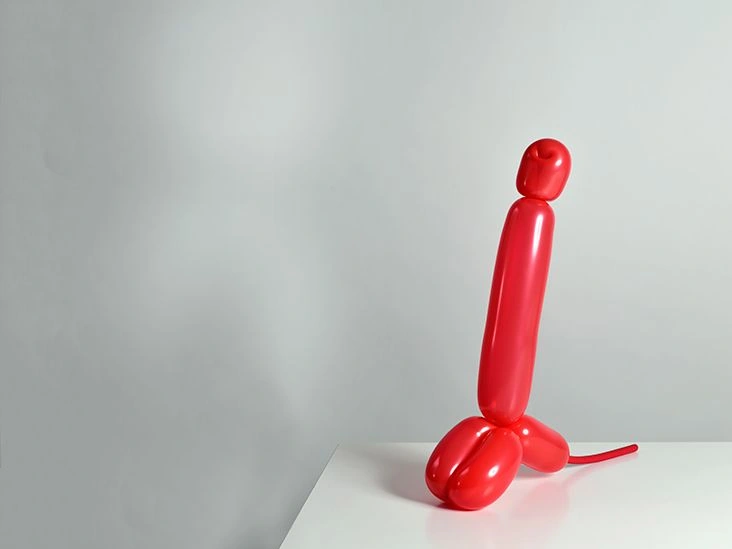

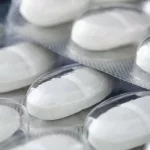
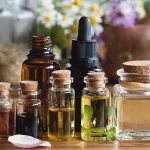




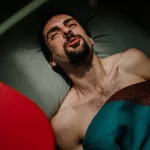
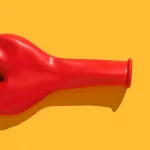







Leave a Reply
You must be logged in to post a comment.